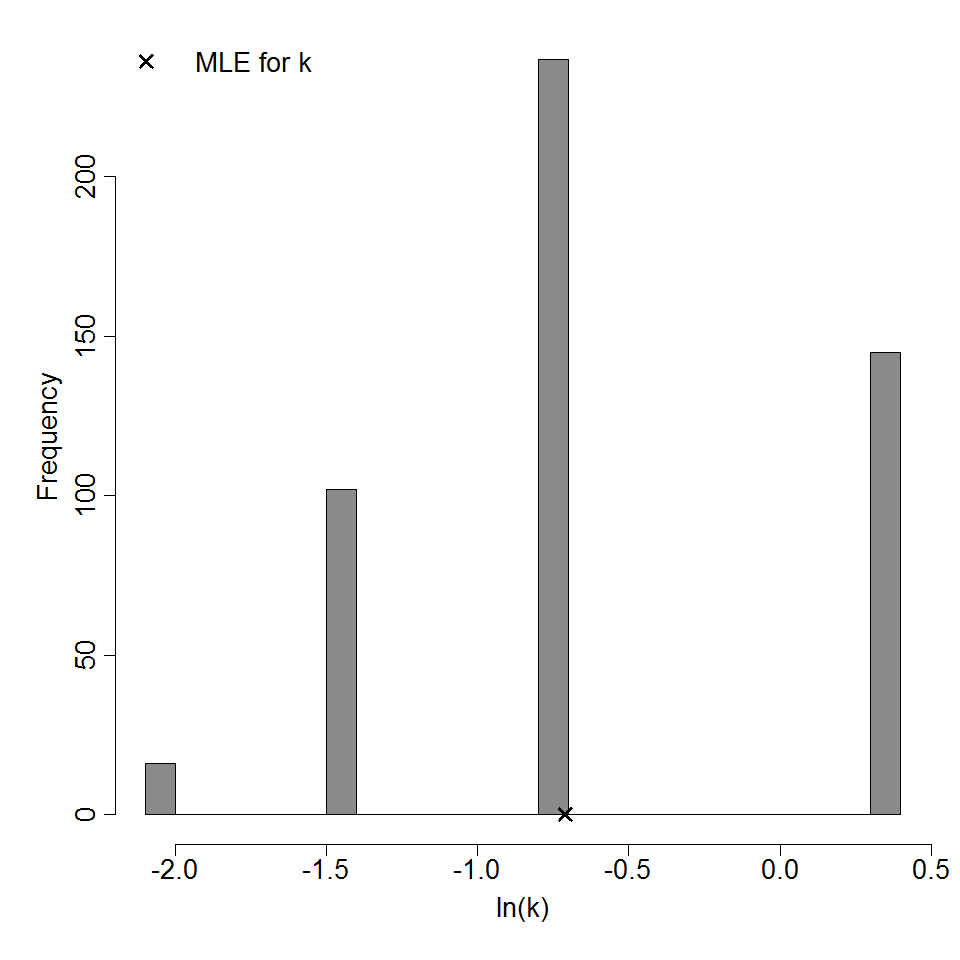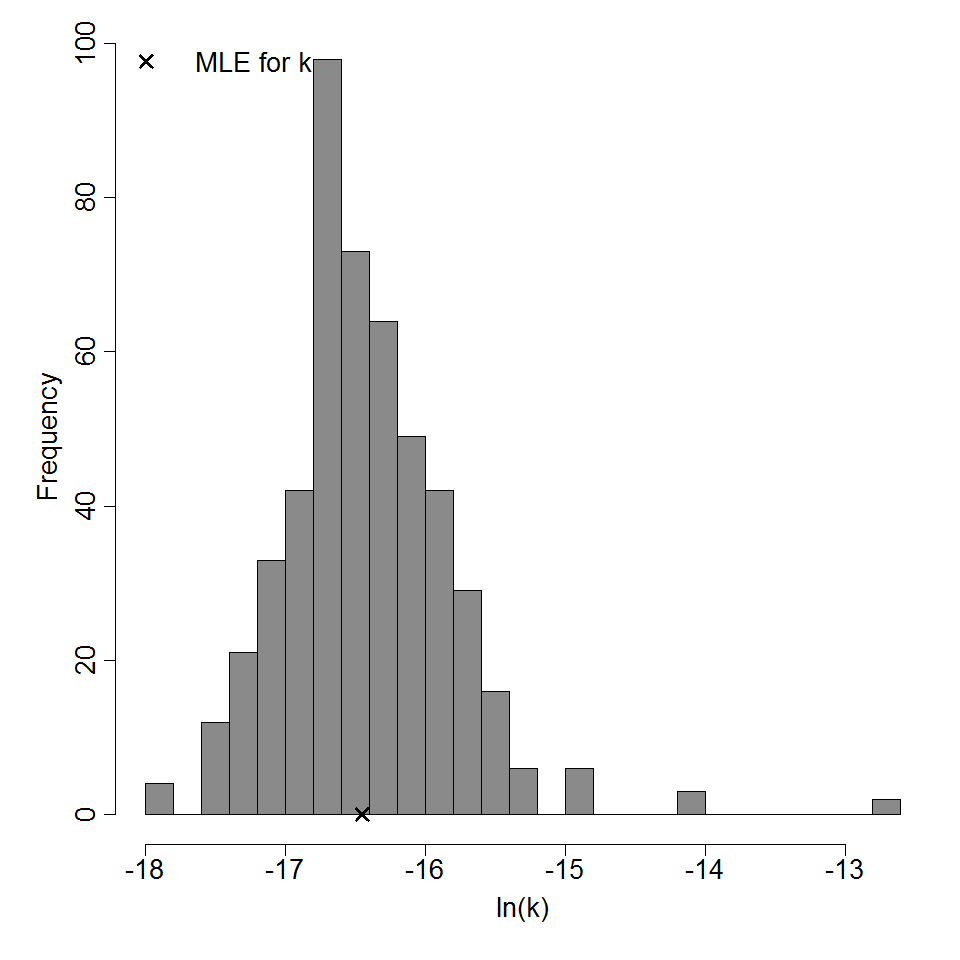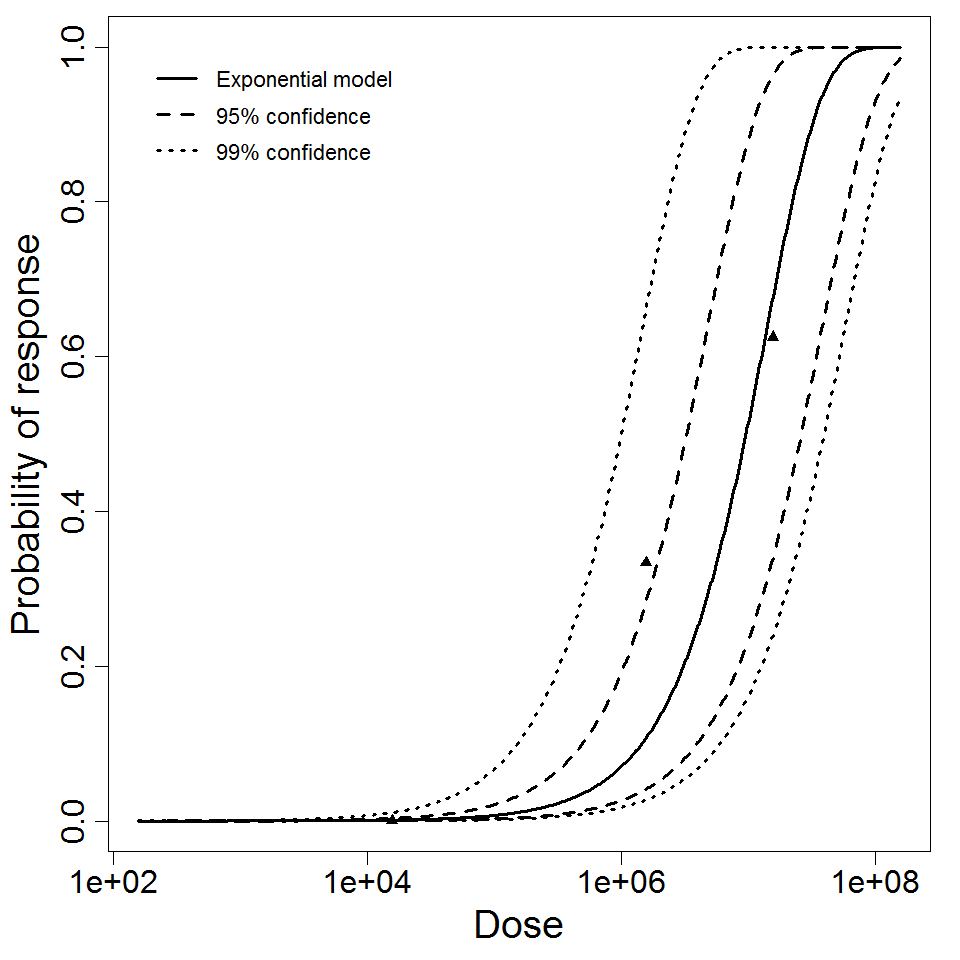General Overview
Polio is a crippling and potentially fatal infectious disease. There is no cure, but there are safe and effective vaccines. Polio is caused by a highly infectious virus of the family of Picornaviridae, genus Enterovirus. There are three types of polioviruses, type 1, type 2 and type 3. Enteroviruses are transient inhabitants of the gastrointestinal tract, and are stable at acid pH.The viral particles are very small, about 30 nm in diameter. Picornaviridae possess an icosahedric nucleocapsid with a single-stranded (SS) RNA genome and four capsid proteins (VP1–VP4).
The virus particle enters the human body through the mouth, where it begins to proliferate within the pharyngeal epithelium. Then it colonizes the intestines, where it rapidly multiplies. Humans are the only reservoir for polioviruses. Polio affects mainly children under 5 years of age.
http://www.cdc.gov/vaccines/pubs/pinkbook/downloads/polio.pdf
Summary Data
Hilary Koprowski(1956) [1] experimented with three strains of attenuated viruses for immunization study. Type 1 virus was administered through oral route , either in milk or in a hard gelatin capsule. Different doses of virus particles were given to nine human volunteers. The alimentary infection was recorded (via antibody titer).(Koprowski 1956) [1] However, data of strain 2 and 3 were not fittable.
Similarly, Albert B. Sabin in 1955 [2] also explored experimental infection of poliomyelitis with humans, monkeys and Chimpanzees. Three different strains (type 1, type 2 and type 3) of viruses were inoculated via oral route. (Sabin 1955) [2] Among all the data, only the Chimpanzees infected by type 2 strain was usable for dose response modelling.
Recommended Model
Experiment 56 is the only dose-response model derived from human experiment. Humans are more susceptible than Chimpanzees to infection in oral route (Sabin 1955). Hence it is the recommended model.

References
| ID | # of Doses | Agent Strain | Dose Units | Host type | Μodel | Optimized parameters | Response type | Reference |
|---|---|---|---|---|---|---|---|---|
| 56 | 3 | type 1,attenuated | PD50 (mouse paralytic doses) | human | exponential |
k = 4.91E-01 LD50/ID50 = 1.41E+00 |
alimentary infection | "Immunization against Poliomyelitis with Living Attenuated Virus." The American Journal of Tropical Medicine and Hygiene. 5 (1956): 3. |
| 59 | 3 | type 2,attenuated | TCID50 | Chimpanzee | exponential |
k = 7.18E-08 LD50/ID50 = 9.66E+06 |
alimentary infection | "Behavior of chimpanzee avirulent poliomyelitis viruses in experimentally infected human volunteers." The American journal of the medical sciences. 230 (1955): 1. |
k = 4.91E-01
LD50/ID50 = 1.41E+00
|
|
||||||||||||||||||||||
|
||||||||||||||||||||||||||||||||||||||

Parameter histogram for exponential model (uncertainty of the parameter)

Exponential model plot, with confidence bounds around optimized model
References
k = 7.18E-08
LD50/ID50 = 9.66E+06
|
|
||||||||||||||||||||||
|
||||||||||||||||||||||||||||||||||||||

Parameter histogram for exponential model (uncertainty of the parameter)

Exponential model plot, with confidence bounds around optimized model
 QMRA
QMRA